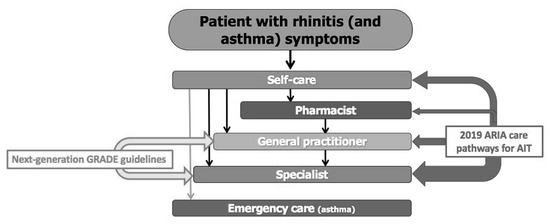Kallen EJJ, Revers A, Fernández-Rivas M, Asero Ret al. Allergy. 2023 Jun 19. doi: 10.1111/all.15783. Epub ahead of print.
Abstract
Background
Pru p 3 and Pru p 7 have been implicated as risk factors for severe peach allergy. This study aimed to establish sensitization patterns to five peach components across Europe and in Japan, to explore their relation to pollen and foods and to predict symptom severity.
Methods
In twelve European (EuroPrevall project) and one Japanese outpatient clinic, a standardized clinical evaluation was conducted in 1231 patients who reported symptoms to peach and/or were sensitized to peach. Specific IgE against Pru p 1, 2, 3, 4 and 7 and against Cup s 7 was measured in 474 of them. Univariable and multivariable Lasso regression was applied to identify combinations of parameters predicting severity.








